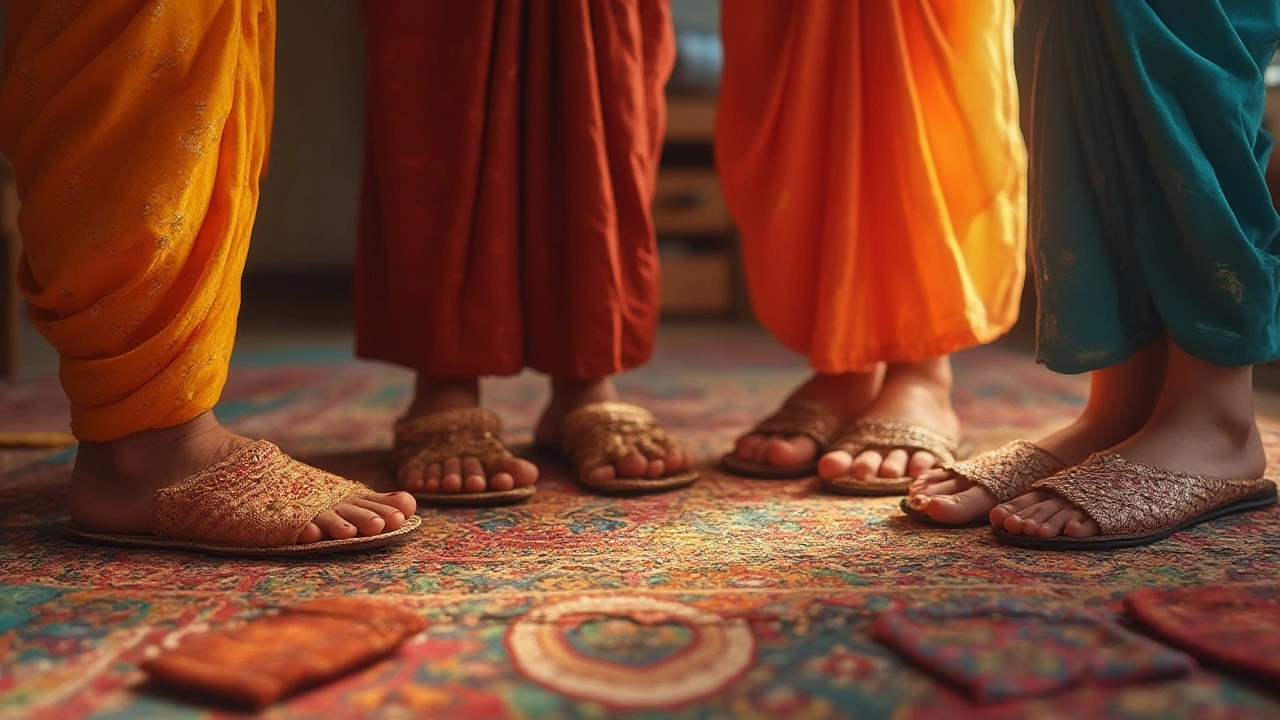
Best Slippers for Comfort: A Guide to Choosing Your Ideal Pair
Not all slippers are equal! Dive into what really sets the best slippers apart, from materials to fit, durability, comfort, and maintenance tips.
moreWhen you think of comfortable slippers, a type of indoor footwear designed for relaxed, all-day wear with cushioning, support, and easy on-off convenience. Also known as house shoes, they’re not just for lounging—they’re a daily necessity if you spend hours on your feet, have sensitive feet, or just want to avoid walking on cold floors in bare feet. But not all slippers are made the same. A pair that looks cozy might pinch your toes, flatten your arches, or slide off with every step. The difference between good and great slippers comes down to fit, material, and structure—not price or brand.
True comfort starts with how your foot sits inside. Many people buy slippers a size too big thinking it’ll feel roomier, but that just causes your foot to slide, leading to heel blisters or toe crowding. Others go too small, squeezing their toes and pressing on nerves. The right fit means your heel stays put, your toes have a thumb’s width of space, and the sole bends where your foot naturally flexes. foot measurement, the process of accurately determining foot length and width to match footwear size. Also known as foot sizing, it’s the first step to avoiding pain. Then there’s material—memory foam feels great at first, but if it collapses under weight, you’re left with no support. Leather or lined cotton keeps your feet dry and stable. Rubber soles add grip on tile or hardwood, while flat, wide heels prevent wobbling.
And it’s not just about the sole. The upper matters too. Open-back slippers are easy to slip on but offer no ankle support. Closed styles with a strap or elastic band hold your foot securely without digging in. If you have bunions, flat feet, or plantar fasciitis, look for slippers with a wide toe box and a slightly raised heel—nothing too high, just enough to take pressure off the ball of your foot. Brands like Ecco and Clarks make slippers that double as orthopedic footwear, but you don’t need to spend $100 to get real support. Sometimes, the best pair is the one that fits your foot, not your budget.
You’ll find a lot of advice online about which slippers are "the best," but what works for someone else might crush your feet. That’s why we’ve gathered real, practical guides from people who’ve been there—measuring their feet, testing materials, and calling out the ones that slip, squeak, or sag after a week. Whether you’re looking for something to wear while making coffee, walking the dog, or just relaxing after a long day, the right pair of comfortable slippers shouldn’t feel like a compromise. Below, you’ll find honest tips on sizing, materials, and styles that actually deliver comfort—not just marketing buzz.

Not all slippers are equal! Dive into what really sets the best slippers apart, from materials to fit, durability, comfort, and maintenance tips.
more